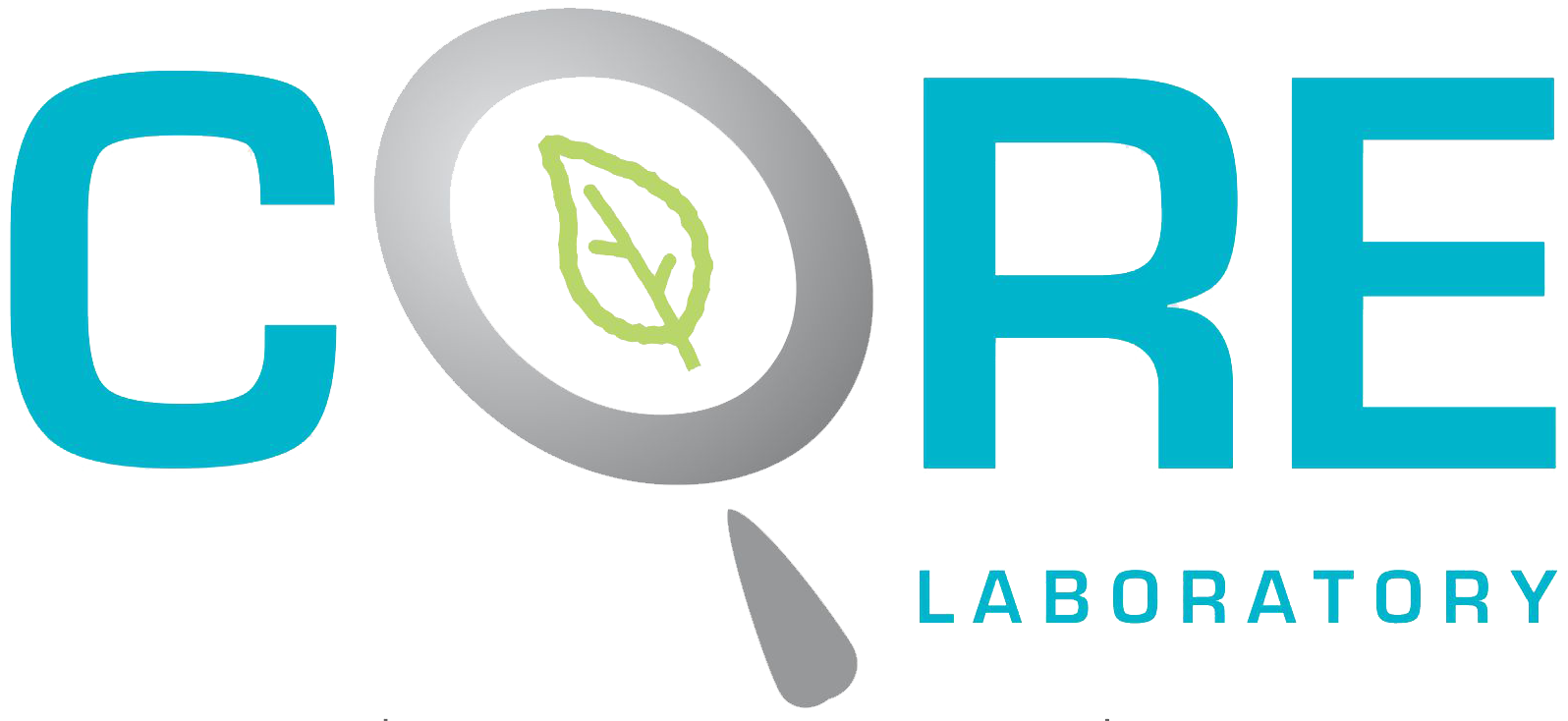Biodegradability of Surfactants
Surfactants are compounds that lower the surface tension between two liquids or between a liquid and a solid. Surfactants may act as detergents, wetting agents, emulsifiers, foaming agents, and dispersants.
The possible contamination of the environment by surfactants arising from the widespread use of detergent formulations has been a world-wide concern. Two of the major surfactants in current use are the linear alkyl benzene sulphonates (LAS) and the alkyl phenol ethoxylates (APE). These pass into the sewage treatment plants where they are partially aerobically degraded and partially adsorbed to sewage sludge that is applied to land. The biodegradation of these and a range of other surfactants both in wastewater treatment plants and after discharge into natural waters and application to land resulting in sewage sludge amended soils has been considered.
Analysis of biodegradability of surfactants are commonly analysed to check the concentration of the surfactant in samples and whether these surfactants will completely be degraded once in the sewage
